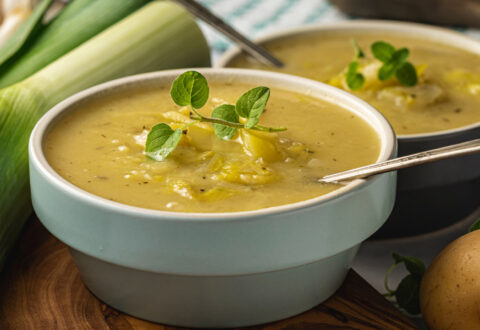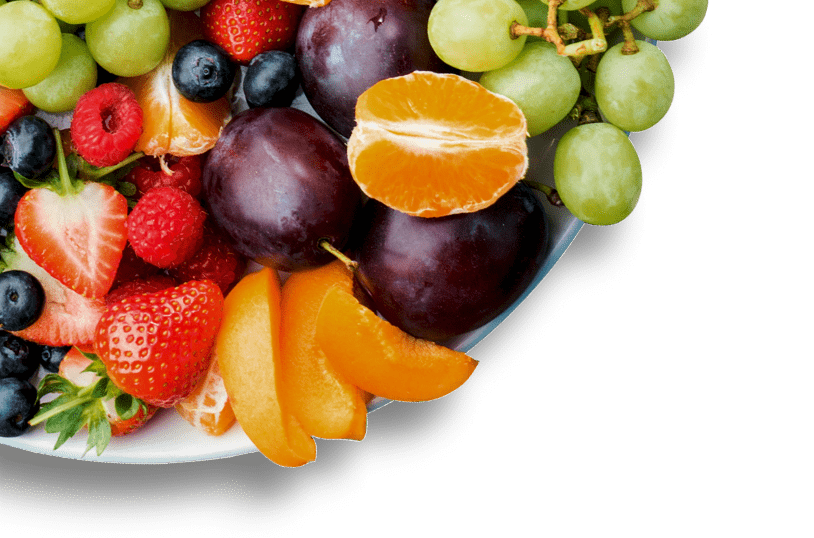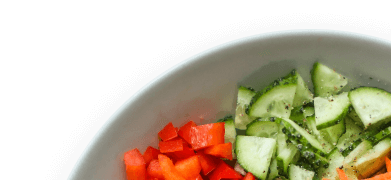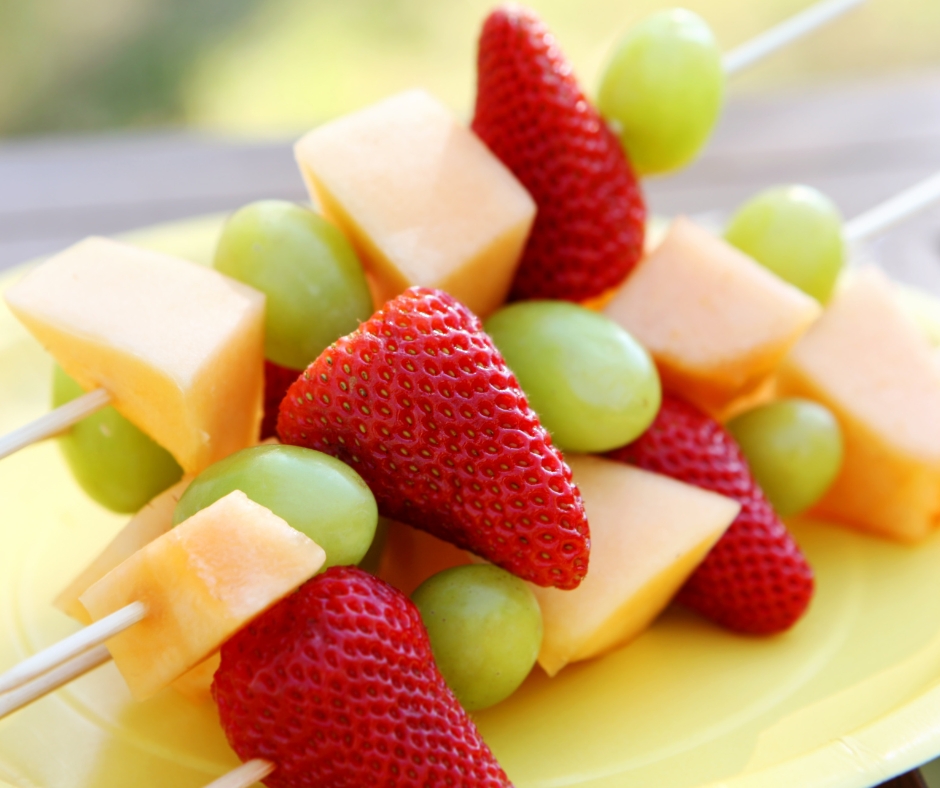Reducing and removing sugary drinks
Sugary drinks contain a lot of sugar and excess kilojoules, with little to no nutritional value.

Many organisations, like health services and sporting facilities, have reduced or removed sugary drinks from their retail food outlets, vending machines, and/or catering. This is a common first step when implementing the Healthy Choices guidelines.
What are sugary drinks?
Sugary drinks (or sugar-sweetened beverages) include all non-alcoholic, water-based drinks with added sugar. This includes non-diet soft drinks, energy drinks, fruit drinks (not fruit juice), sports drinks and cordials.
They are also classified as RED (Limit), according to the Healthy Choices guidelines.
Milk-based drinks and >99% fruit juices with no added sugar are not considered sugary drinks. Diet drinks and artificially sweetened drinks are also not considered sugary drinks.
You can assess your drinks online or find out which drinks are classified as GREEN (best choices), AMBER (choose carefully) and RED using FoodChecker.
Tips for removing sugary drinks
- Speak to management to get support for the planned changes. Present them with information on why your organisation should address sugary drinks.
You could outline:
- the duty of care that your organisation has for the wellbeing of its staff, customers and/or visitors
- the negative impacts associated with providing sugary drinks
- the benefits to your organisation by reducing or removing them
You’ll also need to engage the people responsible for sourcing and supplying foods and drinks (such as contract managers, retail outlet managers, vending suppliers or catering providers) to learn more about any contracts or agreements related to the provision of drinks in your organisation.
Once you have commitment from management and you are aware of any contractual obligations, you can support the relevant staff to reduce or remove them.
- Every organisation is different, so you’ll need to work out the best approach for yours, such as reducing sugary drinks all at once, or reducing the amount of sugary drinks over time.
Encouraging healthier drink choices
Don’t be afraid to trial things for a few weeks or months to see what works best for your organisation before making a permanent change.
Reducing or removing sugary drinks will be most successful when you provide customers with affordable and attractive healthier options.
There are a number of ways you can nudge customers and staff to make healthier drink choices by changing how drinks are placed, priced and promoted.
Some ‘nudges’ you could trial in retail outlets include:
- Reducing the amount of RED drinks in drink fridges, while increasing the amount of GREEN
- Removing RED drinks from display completely, displaying mostly GREEN drinks
- Increasing the price of RED drinks, and subsidising the price of GREEN drinks
- Including GREEN drinks in healthy meal deals.
Additional resources and inspiration
Water in Sport Initiative
Read about the Water in Sport initiative which aimed to support Victorian sports and recreation facilities in improving the availability and promotion of water instead of sugary drinks.
Reducing Sugary Drinks Availability in Sport and Recreation Centres. Presenters discuss ways sport and recreational environments can implement or maintain changes they have made to reduce sugary drink availability.
Seek inspiration and ideas
We have real life examples of how other organisations have limited sugary drinks, and the evidence on their financial impact, such as:
To receive this document in an accessible format phone 1300 22 52 88 or email heas@nnf.org.au
Except where otherwise indicated, the images in this document show models and illustrative settings only, and do not necessarily depict actual services, facilities or recipients of services. This document may contain images of deceased Aboriginal and Torres Strait Islander peoples. In this document, ‘Aboriginal’ refers to both Aboriginal and Torres Strait Islander people. ‘Indigenous’ or ‘Koori/Koorie’ is retained when part of the title of a report, program or quotation. Copyright © State of Victoria 2016

For more information please phone 1300 22 52 88 or email heas@nnf.org.au
Except where otherwise indicated, the images in this document show models and illustrative settings only, and do not necessarily depict actual services, facilities or recipients of services. This document may contain images of deceased Aboriginal and Torres Strait Islander peoples. In this document, ‘Aboriginal’ refers to both Aboriginal and Torres Strait Islander people. ‘Indigenous’ or ‘Koori/Koorie’ is retained when part of the title of a report, program or quotation. Copyright © State of Victoria 2016
Written and reviewed by dietitians and nutritionists at National Nutrition Foundation, with support from the Victorian Government.

Featured recipes
Explore all recipesRegister your interest
"*" indicates required fields











